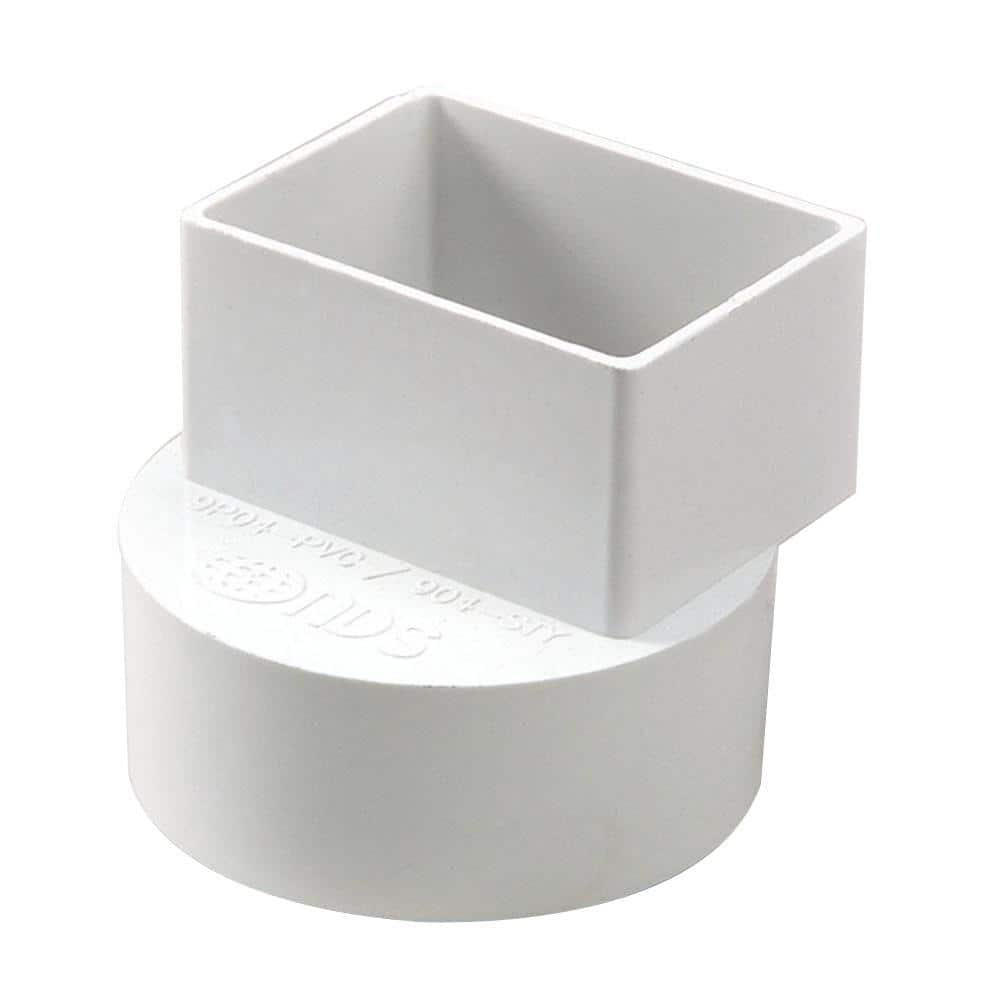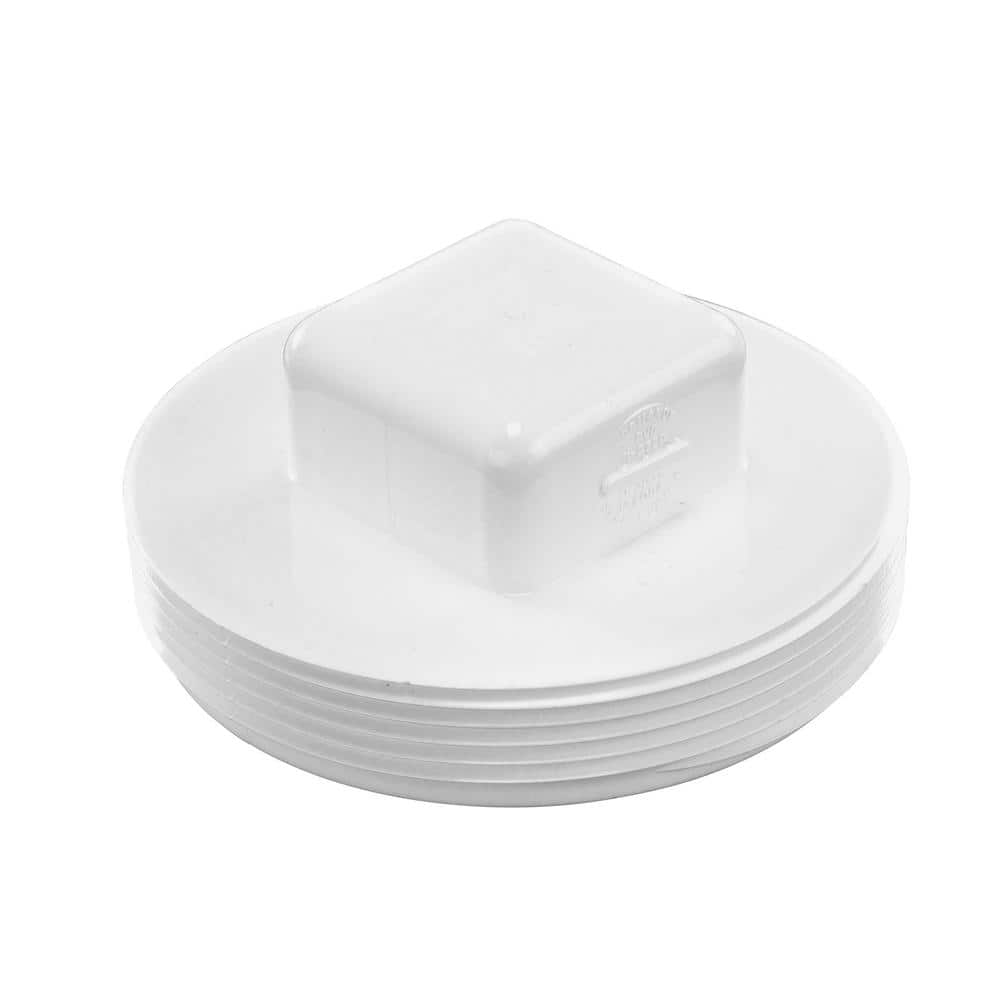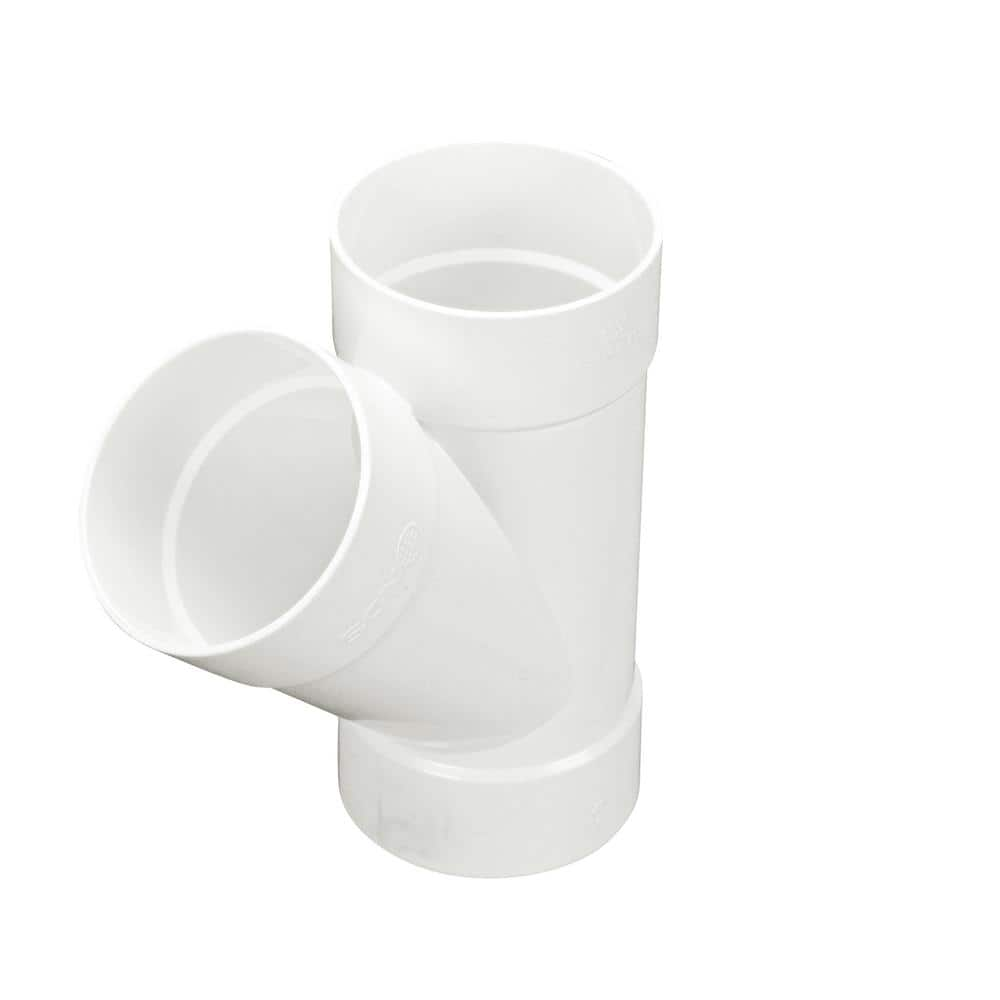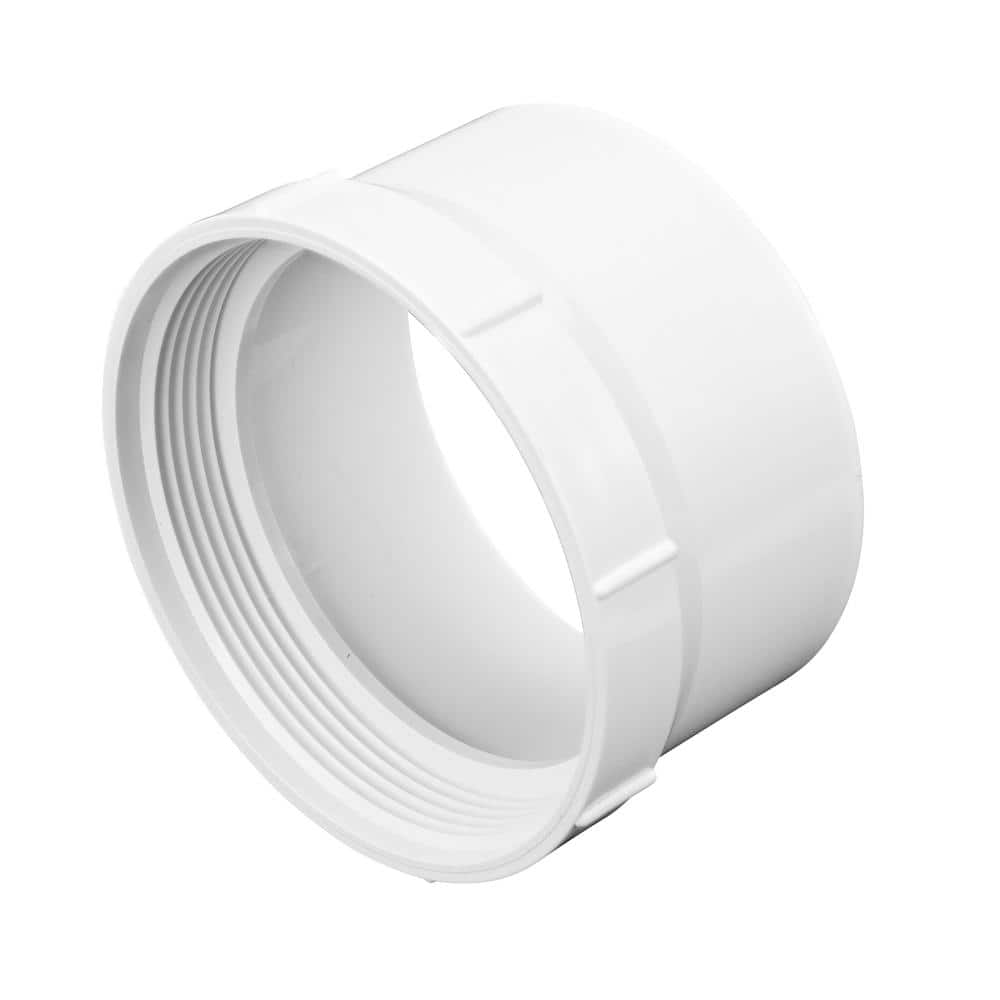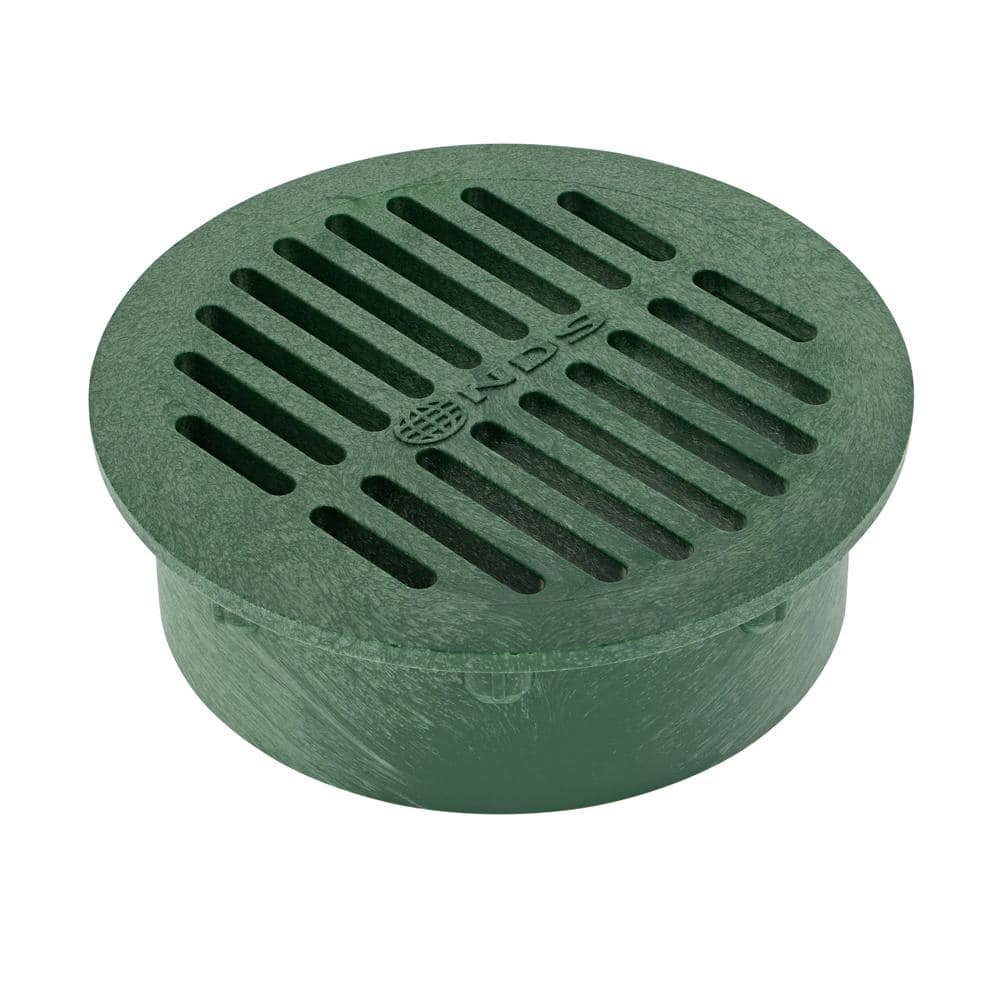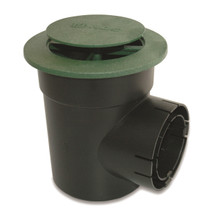Please see attachment (sorry for the bad quality, Google Earth has horrible quality these days).
Anyhow, Marked in yellow I have 4 downspouts on the left side of my house, I want to put that into a main drain marked in red going down to or near my curb line. I have positive grade as I live on a slight hill.
What type of drain pipe should I get?
More specifically sizing the main drain for 4 downspouts how wide should the drain pipe be?
Should I install a cleanout on each downspout?
Should I install a drain box/catch basin at the end of the drain?
How far down should I dig? I have heard 8 to 10 inches?
I am hoping to do the digging myself over time as I live on a Sand bed so its not difficult to dig into. I could probably rent a trench digger but I find it difficult getting these machines home...
Any other info I may be missing would be appreciated.
Thank you
Anyhow, Marked in yellow I have 4 downspouts on the left side of my house, I want to put that into a main drain marked in red going down to or near my curb line. I have positive grade as I live on a slight hill.
What type of drain pipe should I get?
More specifically sizing the main drain for 4 downspouts how wide should the drain pipe be?
Should I install a cleanout on each downspout?
Should I install a drain box/catch basin at the end of the drain?
How far down should I dig? I have heard 8 to 10 inches?
I am hoping to do the digging myself over time as I live on a Sand bed so its not difficult to dig into. I could probably rent a trench digger but I find it difficult getting these machines home...
Any other info I may be missing would be appreciated.
Thank you



